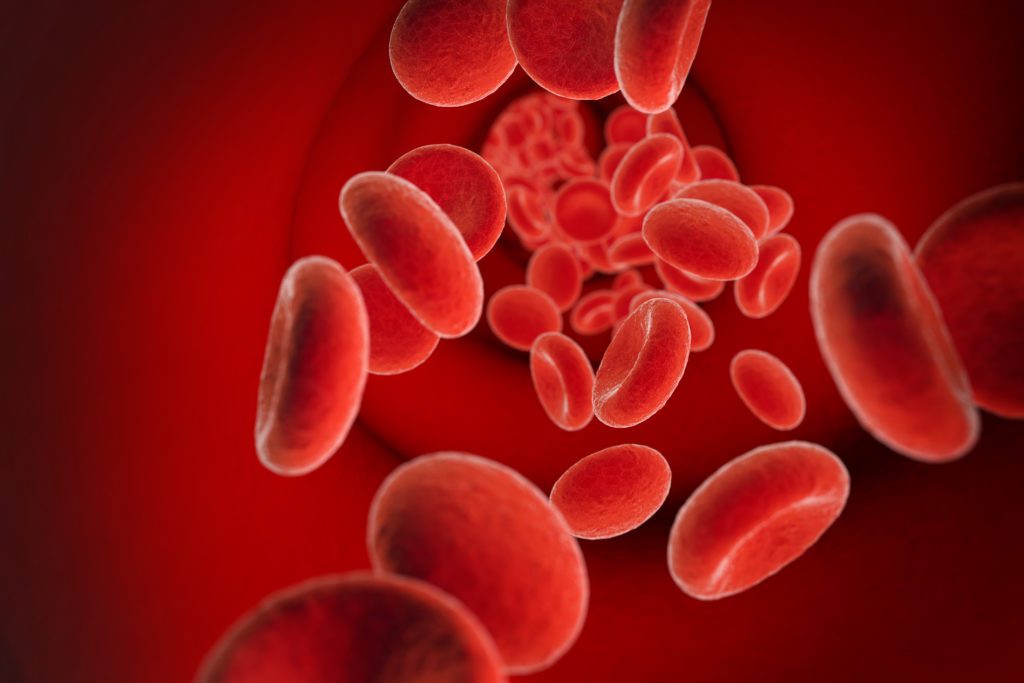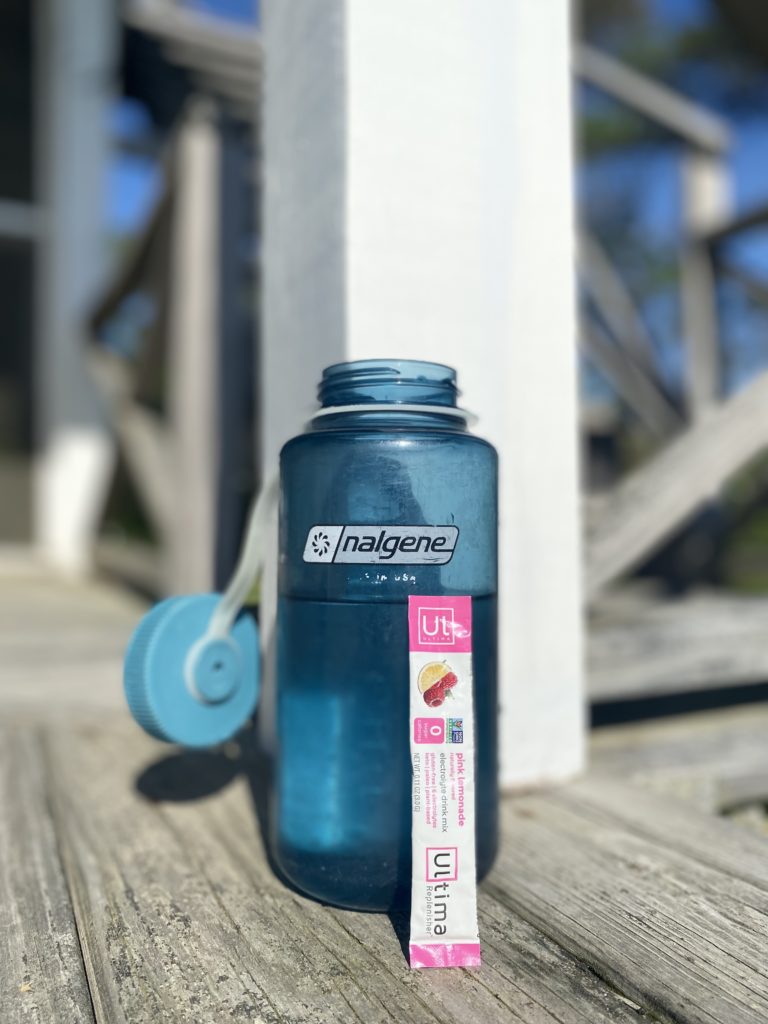If you’re following the experts’ advice, you probably drink 12 or more cups of water per day. That’s a lot of fluid intake! We all know that water is required for every organ function, but how does it move through your body? What happens to that water once it leaves the bottle and flows down the hatch? Let’s review the science of hydration and help you understand the biological processes that take place behind the scenes. Don’t worry though, medical degrees are not required.

Let’s start with the basics.
After you take a gulp of water (or water supplemented with your favorite hydration mixer), the fluid travels down the esophagus to your stomach in just a few seconds. From there, the fluid makes its way into the small intestine where most of the body’s water absorption takes place. You may — or may not — remember from your high school biology class that there are three main parts of the small intestine: duodenum, jejunum, and ileum (in that order). Water absorption primarily takes place in the first two parts where active and passive transport processes transfer it from the digestive tract to the bloodstream.
This happens via a three layer system. On the walls of the small intestine are tiny openings called lumen. Lumen allow for water and other minerals like sodium to pass through to the epithelial cells. Epithelial cells are specialized cells that create a barrier to the body’s outside world. They line up tightly against the lumen and act as the gatekeeper for what ultimately passes through and enters the body. It’s here where the absorption of water and minerals takes place. On the other side of the epithelial cell is the capillary, the connection to the bloodstream.
Bear with us. It’s about to get slightly technical.
Through active transport (a bodily process that requires energy), sodium is moved from the epithelial cell into the capillary creating a low concentration of sodium in the epithelial cell relative to the lumen on the other side. At this point, osmosis takes effect and sodium from the lumen is moved into the epithelial cell. Osmosis is the process by which solvent (in this case, water) passively moves through a semipermeable membrane (wall of the epithelial cell) to equalize the concentration of solute (sodium) on both sides of the membrane. The epithelial cell absorption of solute, as a result of the active transport processes, effectively creates the osmotic environment for optimal water absorption into the bloodstream1.
But it’s more than just sodium that deserves the credit for creating the osmotic environment; glucose also plays an important role. Co-transport is a biochemical process where an ion (sodium) and a substrate (glucose) combine, making it even easier for both particles to pass through into the epithelial cell2. The concept, which dates back to the 1960’s, has been deeply investigated over the years and is now a proven science in medical circles.
With the help of co-transport (sodium and glucose combining), water is pulled from the lumen and into the epithelial cell. From the epithelial cell, the water is then transferred to the capillary and into blood plasma where it is delivered across the body3.

In case you didn’t make it through the prior section.
Let’s take a step back and simply this. The purposeful changes in sodium concentration in the epithelial cells (the layer between the intestine and bloodstream) triggers osmosis. Osmosis is responsible for the movement of water from the small intestine, into the epithelial cell and eventually into the bloodstream. The combination of sodium and glucose, known as co-transport, makes it even easier for the body to absorb water. Once absorbed from the small intestine, the water is transported via blood plasma to every organ to support normal functions.
What do you need in your diet for proper hydration?
If this is the first time you’re learning about water absorption, you’re probably surprised to hear the key role that salt and sugar play in the hydration process. You may be thinking back to the sweet or mildly salty flavor of certain hydration mixers… Science supports the taste!
In fact, bodily hydration can’t occur without salt and sugar. If you had a diet lacking these key elements, but rich in water, you could find yourself dangerously dehydrated and in need of medical attention. This is a condition known as hyponatremia. The good news is that under normal circumstances, this won’t be the case. Eating a balanced diet is the easiest way to get your body the sodium and glucose it needs to support hydration.

So, do you really need to use hydration drink mixers? If you have a perfectly balanced diet and stay well hydrated around the clock then you might not. However, most people don’t fall into this category. For those of us who don’t have a perfect nutrition plan and need to catch up on our hydration levels from time to time, the mixers will help. While the exact impact is impossible to measure, the science is compelling. For more information on how your body uses water check out this article.
Here at HydrationReview, we recommend you find a few hydration mixers that fit your different daily needs. For days where you find yourself tackling a tough workout, go for a mixer that includes salt and sugar. For less strenuous days, you can opt for a lighter mixer that delivers the taste you want. Mixers may have a different effect on the person drinking them based on unique bodily needs. For that reason, we encourage you to try several and feel out which ones elevate you to your optimal hydration levels.
References
1Leiper, J. “Intestinal Water Absorption–Implications for the Formulation of Rehydration Solutions.” PubMed, June 1998, pubmed.ncbi.nlm.nih.gov/9694418.
2Hamilton, Kirk L. “Robert K. Crane—Na+-Glucose Cotransporter to Cure?” NCBI, US National Library of Medicine National Institutes of Health, 22 Mar. 2013, www.ncbi.nlm.nih.gov/pmc/articles/PMC3605518.
3“Water and Hydration: Physiological Basis in Adults.” Hydration For Health, 28 Apr. 2017, www.hydrationforhealth.com/en/hydration-science/hydration-lab/water-and-hydration-physiological-basis-adults.



